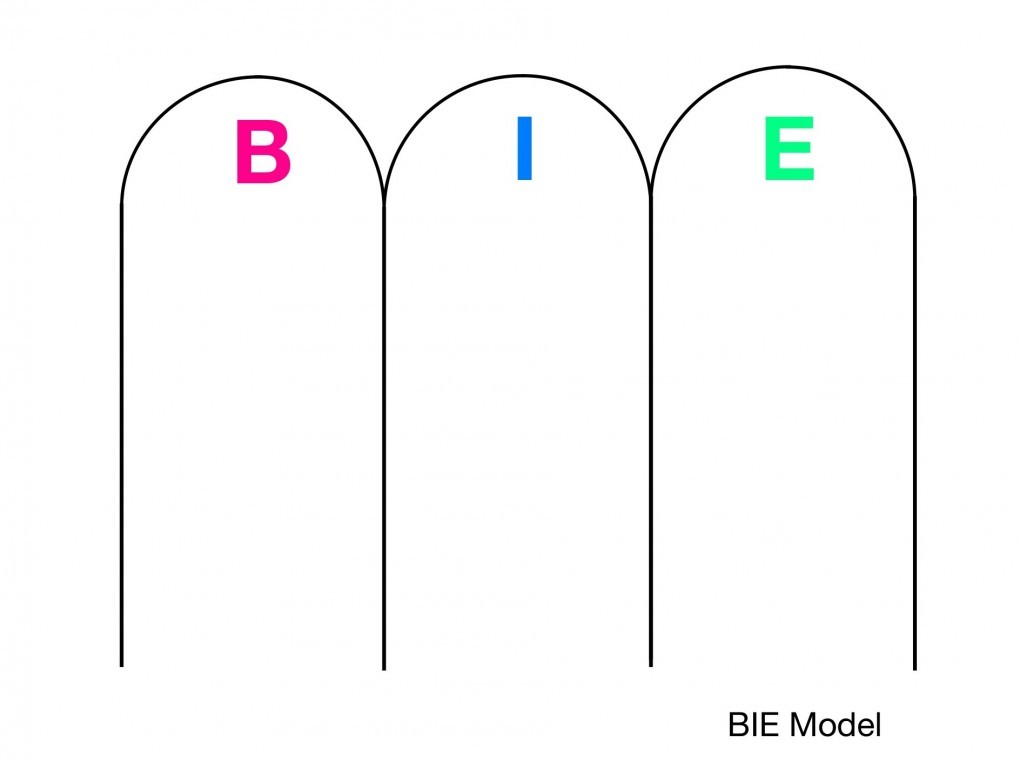Features and benefits are often a nutty problem to crack. Marketing always sells on benefits not features. Sometimes that’s easier said than done.
I like the BIE model. It comes from the Winning Pitch FBIE model. I changed the model slightly because I thought BIE was a catchier acronym and the F of FBIE stands for features. I don’t think features should “feature” heavily in any model. It’s too tempting to fall back on them.
BIE stands for benefits, impact and evidence.
Features can be the starting point for benefits. So you think of a feature of your product or service and then think what it actually does for your customer. That’s the benefit.
Taking a couple of examples…………
I have two vacuum cleaners; one for the house and one for the car. The one for the house is a 2000W model (bought before the EU Directive) and the other is 800W. The wattage is the feature.
What is the benefit?
The 2000W cleaner will suck up more dirt and debris.
What is the impact of that benefit?
I have a cleaner house.
What is the evidence?
I could think of a great video showing the two different wattage vacuum cleaners cleaning up similar areas of carpet and presenting two different piles of dirt and debris.
One of the Dyson adverts is a clever play on this idea. Except they apologise to their customers for having to empty their Dyson more often.
That’s a product. How about a service?
So take me for example…………
The feature of what I provide is a marketing strategy and a marketing plan.
What is the benefit?
A business’s profitability grows.
What is the impact of that benefit?
The business can take on more, much needed resources or can move to bigger premises. Cash flow is no longer such a worry. Basically it’s more fun getting out of bed in the morning.
What is the evidence?
For me it’s testimonials and case studies.
I use the BIE model with some of my clients. I do think it helps clarify marketing messages.



